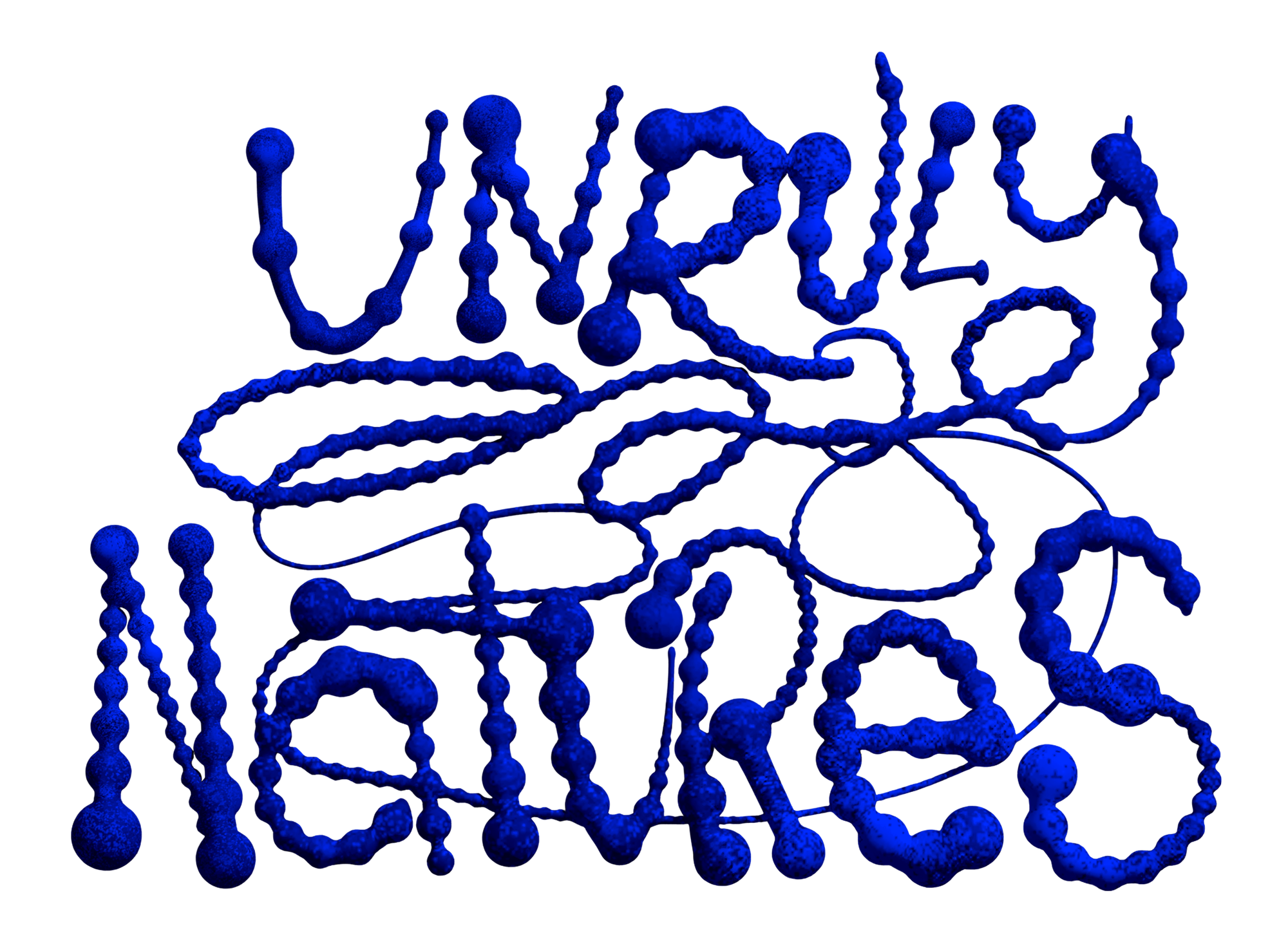︎
Field Notes September 23th 2022
Written by Katinka Versendaal, Emiliano Guaraldo
Photographs by:
Offshore Studio and Emiliano Guaraldo
Learning about Urban Agroecological Futures
︎
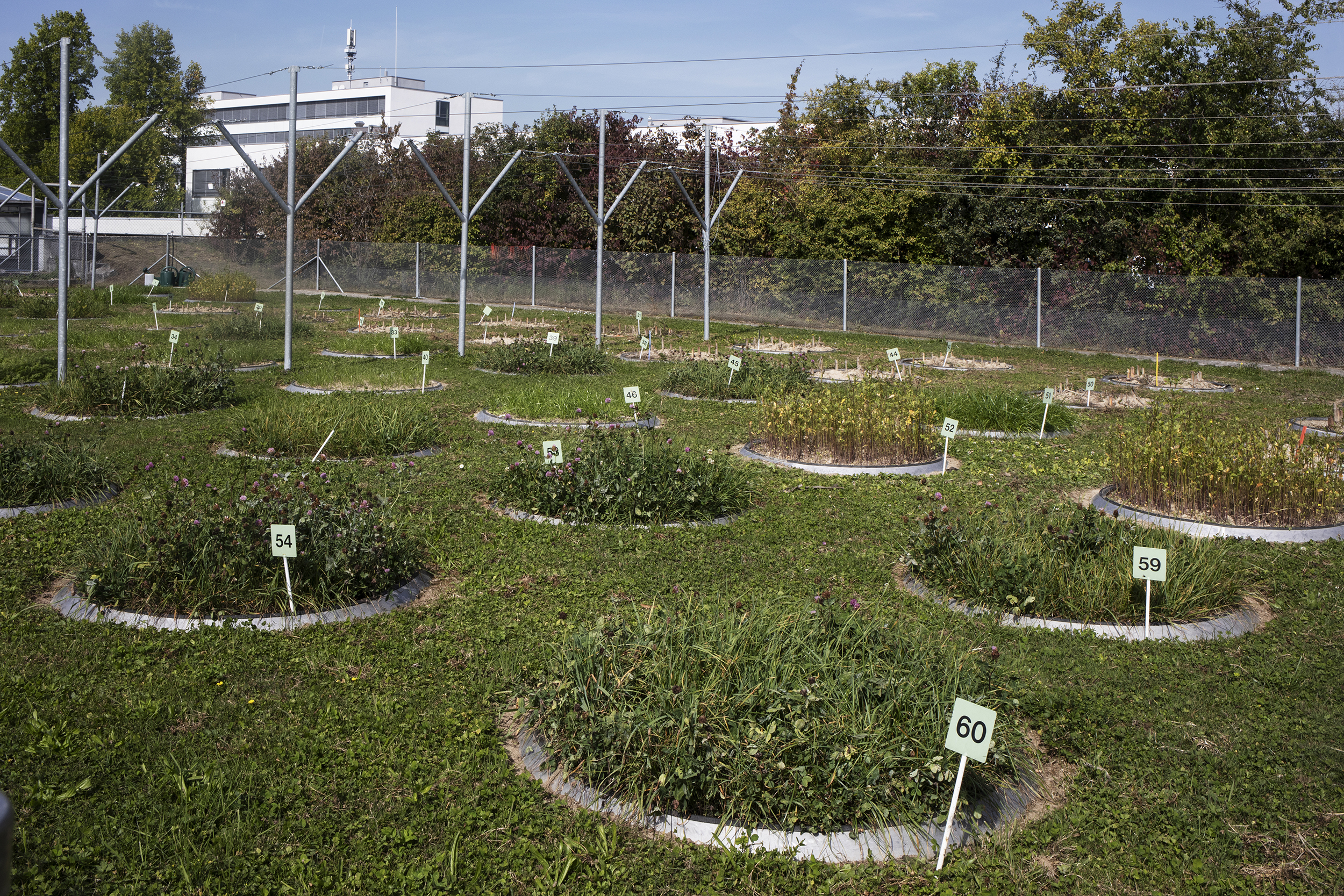
From downtown Zurich, we travel north to Agroscope, the federal agricultural and soil research center. Agroscope’s complex stands where suburban landscapes and agricultural fields blend into each other on the outskirts of the city.
Their motto is “Good Food, Healthy Environment”, as they aim to develop research on environmentally sustainable agricultural practices and facilitate their adoption by farmers and producers. Once there, we met two researchers, one researcher, whose expertise is in agriculture, biodiversity, and landscape, and another researcher from the Soil Quality and Soil Use research group.
In a large auditorium, we are introduced to Agroscope’s vision and methods. In the first part of the talk we learn how Agroscope evolved from the necessities of Switzerland’s large food sector, including cheese production, winemaking, and other extensive monocultures. Soil and water health are also important aspects that the Agroscope monitors as components of a more extensive agro-ecological system. However, it also conducts research that they think could help protect Swiss food products on international markets, such as genetic markers unique to Swiss cheese to test and expose cheese made abroad and illegitimately branded as Swiss.
One of Agroscope’s more interesting areas of investigation is the production and deployment of biochar, which is formed by coal burned in specific and stable conditions and stored in the soil, sometimes even for centuries. It can bind lots of carbon into the soil for a long time, making it an agent used for carbon sequestration projects and mitigating carbon emissions. While we listen to its potential benefits, biochar evokes in our minds the farmers of the Amazon forest who slash, burn and blacken their soils to make them fertile. Agroforestry is another area of investigation that could significantly reduce emissions. According to Agroscope, if 10% of Swiss farmland is converted to agroforestry practices, it could compensate for 10-15% of gas emissions of all the farming sectors. However, it is not widely applied in Switzerland due to insufficient infrastructure and investment.
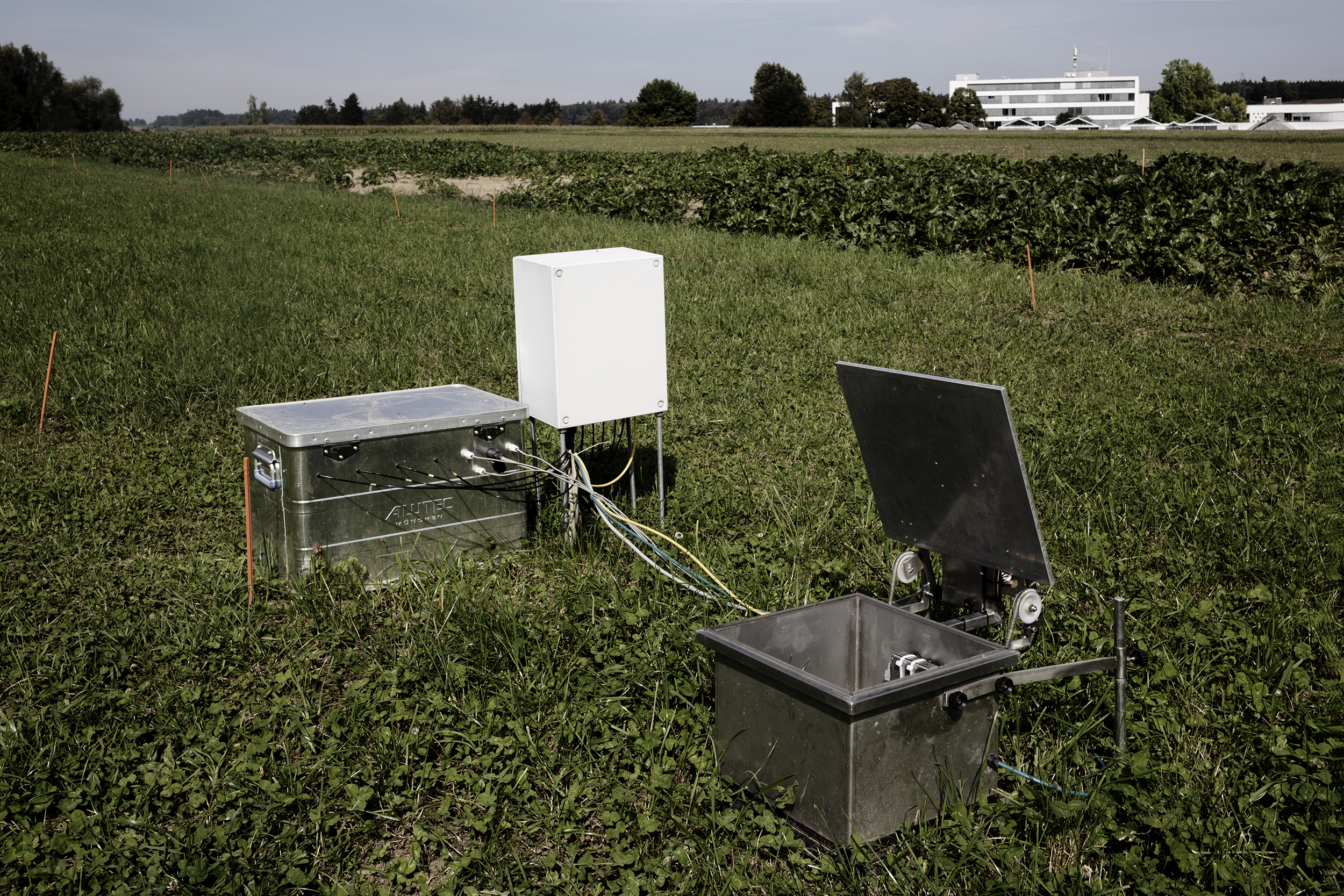
Next, our other host, an expert in plant physiology and soil interactions, took the stage. His research group is interested in the impact of different management practices on soil. Agroscope also has an extensive microbiology department that is important for agriculture, particularly cheese making, and a plant production group focused on breeding new varieties.
Agroscope's work is directly linked with farmers and practitioners through the Department of Agroecology and the Environment. Soil, biosafety, water quality, and fertilizers are all topics of importance to Agroscope's research. For example, Swiss farmers typically employ exclusively one grass species and use monocultures to sow their land. Agroscope is encouraging them to sow instead mixtures of legumes, alfalfa, and different types of grass to fertilize the soil. Wine production is also essential to Agroscope, but it is a challenging field due to complex vegetal diseases and the use of pesticides. In order to produce a wine that consumers will accept, they are crossbreeding wild varieties with currently grown grapes that are resistant to diseases.
Soil also plays a critical role in water retention and purification and carbon sequestration, among other ecosystem services. However, anthropic activities, such as sealing soils, deforestation, and converting grasslands into farmlands, can make ecosystems dead or inactive. Heavy machinery usage can cause contamination and erosion, and agrochemicals can increase pollution levels. Risks to soil health and fertility include declining soil organic matter, soil contamination and compaction, and erosion. Agroscope conducts on-farm monitoring and experiments to understand soil health and fertility and to develop sustainable practices that maintain soil health while using it for agriculture.
Agroscope's work is directly linked with farmers and practitioners through the Department of Agroecology and the Environment. Soil, biosafety, water quality, and fertilizers are all topics of importance to Agroscope's research. For example, Swiss farmers typically employ exclusively one grass species and use monocultures to sow their land. Agroscope is encouraging them to sow instead mixtures of legumes, alfalfa, and different types of grass to fertilize the soil. Wine production is also essential to Agroscope, but it is a challenging field due to complex vegetal diseases and the use of pesticides. In order to produce a wine that consumers will accept, they are crossbreeding wild varieties with currently grown grapes that are resistant to diseases.
Agroscope also works on soil health and fertility, including soil monitoring, temporal development, and federal activities. More than a quarter of total biodiversity lives inside the soil, such as bacteria, fungi, roots, organisms interacting with roots, and soil ecosystem “engineers” such as worms, tardigrades, and arthropods.
Soil also plays a critical role in water retention and purification and carbon sequestration, among other ecosystem services. However, anthropic activities, such as sealing soils, deforestation, and converting grasslands into farmlands, can make ecosystems dead or inactive. Heavy machinery usage can cause contamination and erosion, and agrochemicals can increase pollution levels. Risks to soil health and fertility include declining soil organic matter, soil contamination and compaction, and erosion. Agroscope conducts on-farm monitoring and experiments to understand soil health and fertility and to develop sustainable practices that maintain soil health while using it for agriculture.
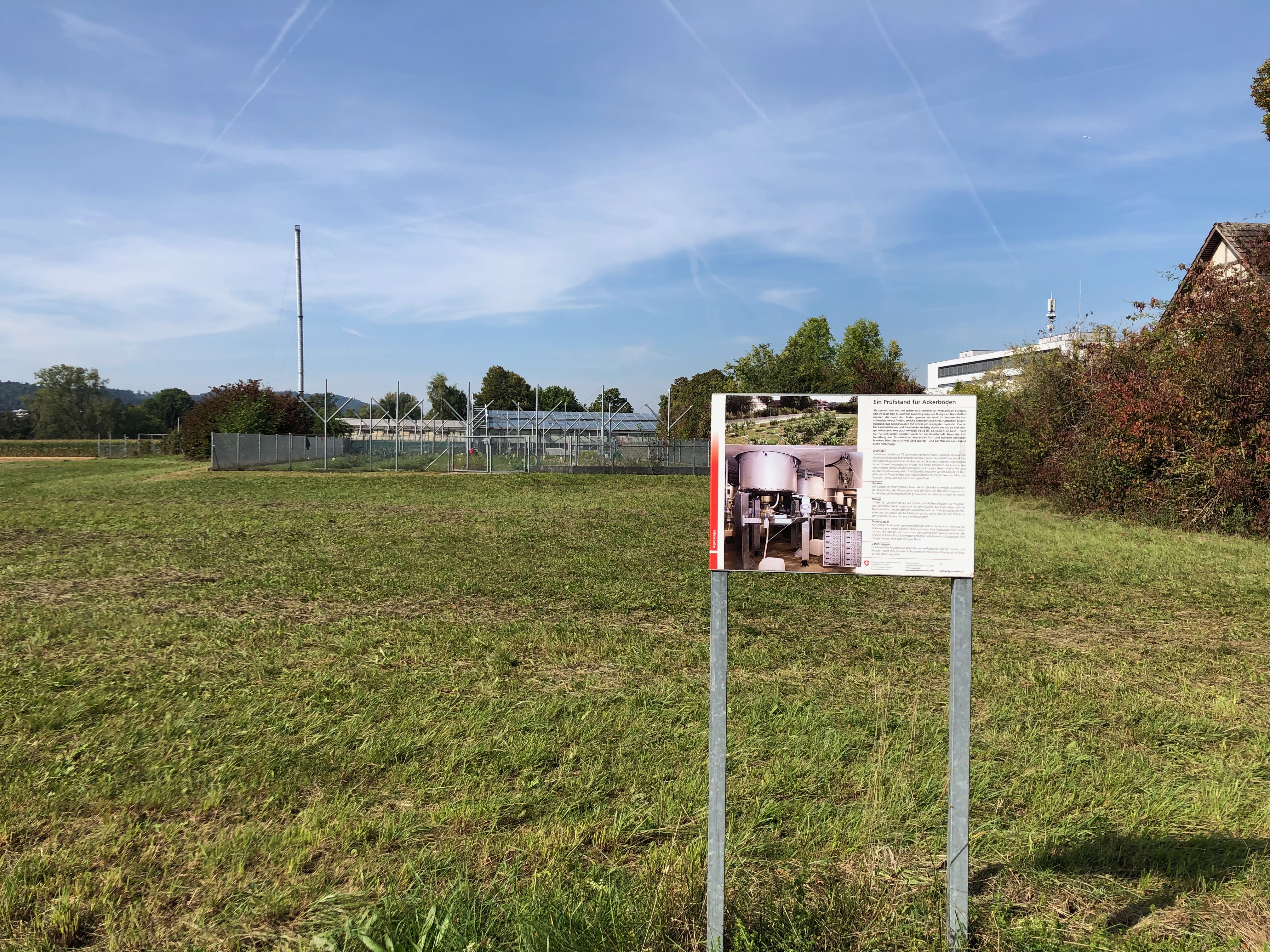
As we exit the complex, we're contemplating how much Agroscope’s terminology embodies their perception of the land as a range of ecosystem services. It is a technical viewpoint but one that we believe possesses an element of abstraction.
Their production amounts to 320 harvest shares on over six hectares of land. The cultivation follows the principles of solidarity agriculture and organic farming and, in addition to vegetables, the cooperative also grows fruit and perennials while promoting biodiversity. The cooperative also serves as a place for social exchange, fostering cross-generational interaction among its members and beyond.
We are now walking towards the fields, leaving the Agroscope buildings behind us. After a short walk, we arrive at “Meh als Gmües”, a cooperative that produces regional and seasonal vegetables in the north side of Zurich. It consists of professional growers and regular members who produce vegetables independently without using industrial, agricultural methods, taking into account ecological principles and their own needs.
Their production amounts to 320 harvest shares on over six hectares of land. The cultivation follows the principles of solidarity agriculture and organic farming and, in addition to vegetables, the cooperative also grows fruit and perennials while promoting biodiversity. The cooperative also serves as a place for social exchange, fostering cross-generational interaction among its members and beyond.
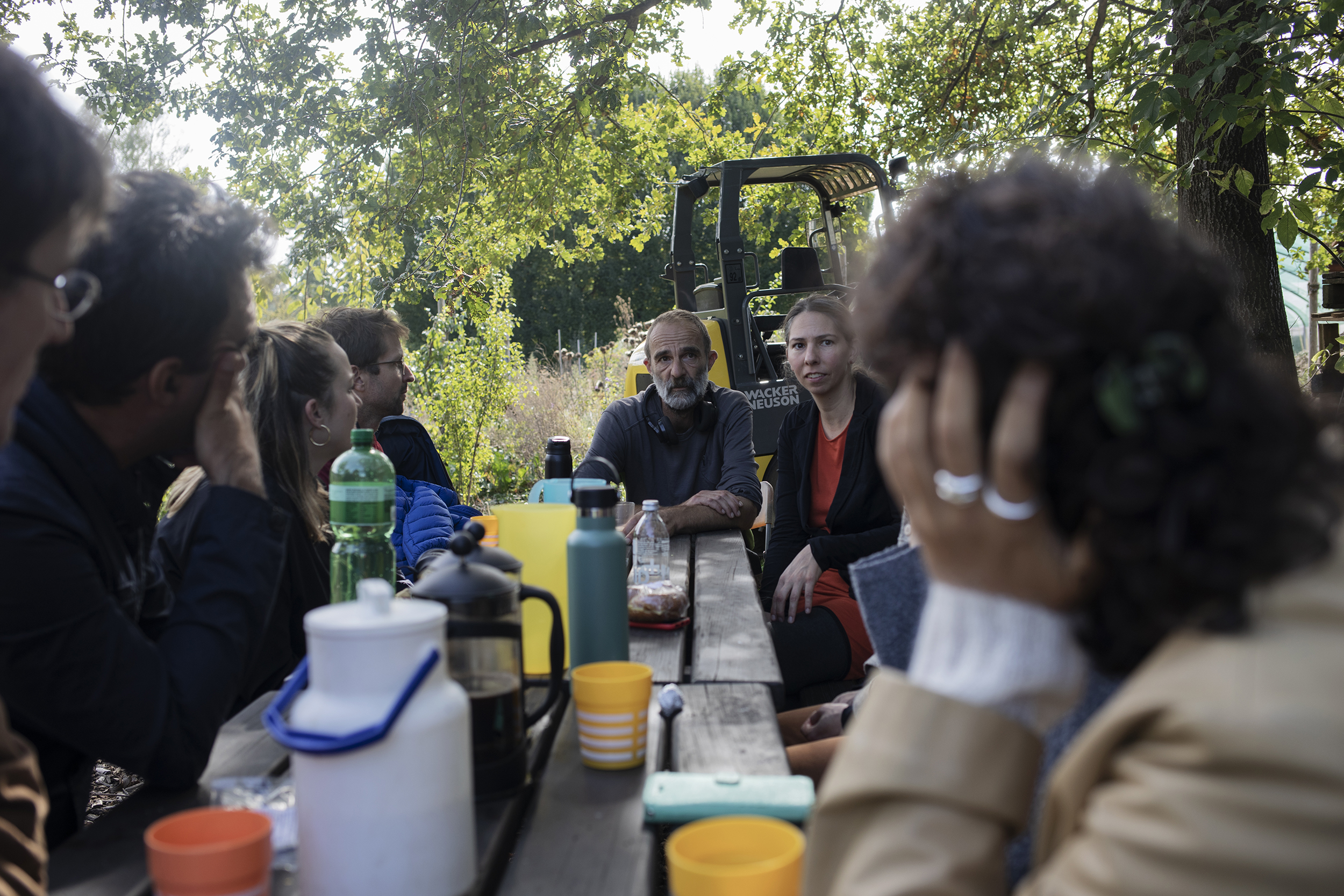
We sit down and chat with two active cooperative members while being offered coffee and tea as they explain to us a bit more about the material process of setting up such an operation and their views on the future of agroforestry in Switzerland. They modeled the landscape using an excavator, and created a spiral pattern that is visible from above. It was a prototype for agroforestry methods, which they now plan to integrate into their vegetable fields.
At its most basic level, agroforestry involves incorporating trees into agriculture, and there are many ways to do it. However, there aren’t many examples of such integration for vegetable cultivation specifically. Agroforestry is an old concept that has recently regained popularity, as it used to be an essential part of agriculture, but it lost prevalence as farming became more industrialized.
They help retain water and create biodiversity, among other things. They can even affect the microclimate of forests. Agroforestry is an important concept for the future of regenerative agriculture.
At its most basic level, agroforestry involves incorporating trees into agriculture, and there are many ways to do it. However, there aren’t many examples of such integration for vegetable cultivation specifically. Agroforestry is an old concept that has recently regained popularity, as it used to be an essential part of agriculture, but it lost prevalence as farming became more industrialized.
Today, when the failures of industrial agriculture become more visible and tangible, people recognize that trees in the landscape have multiple benefits beyond just producing fruit.
They help retain water and create biodiversity, among other things. They can even affect the microclimate of forests. Agroforestry is an important concept for the future of regenerative agriculture.
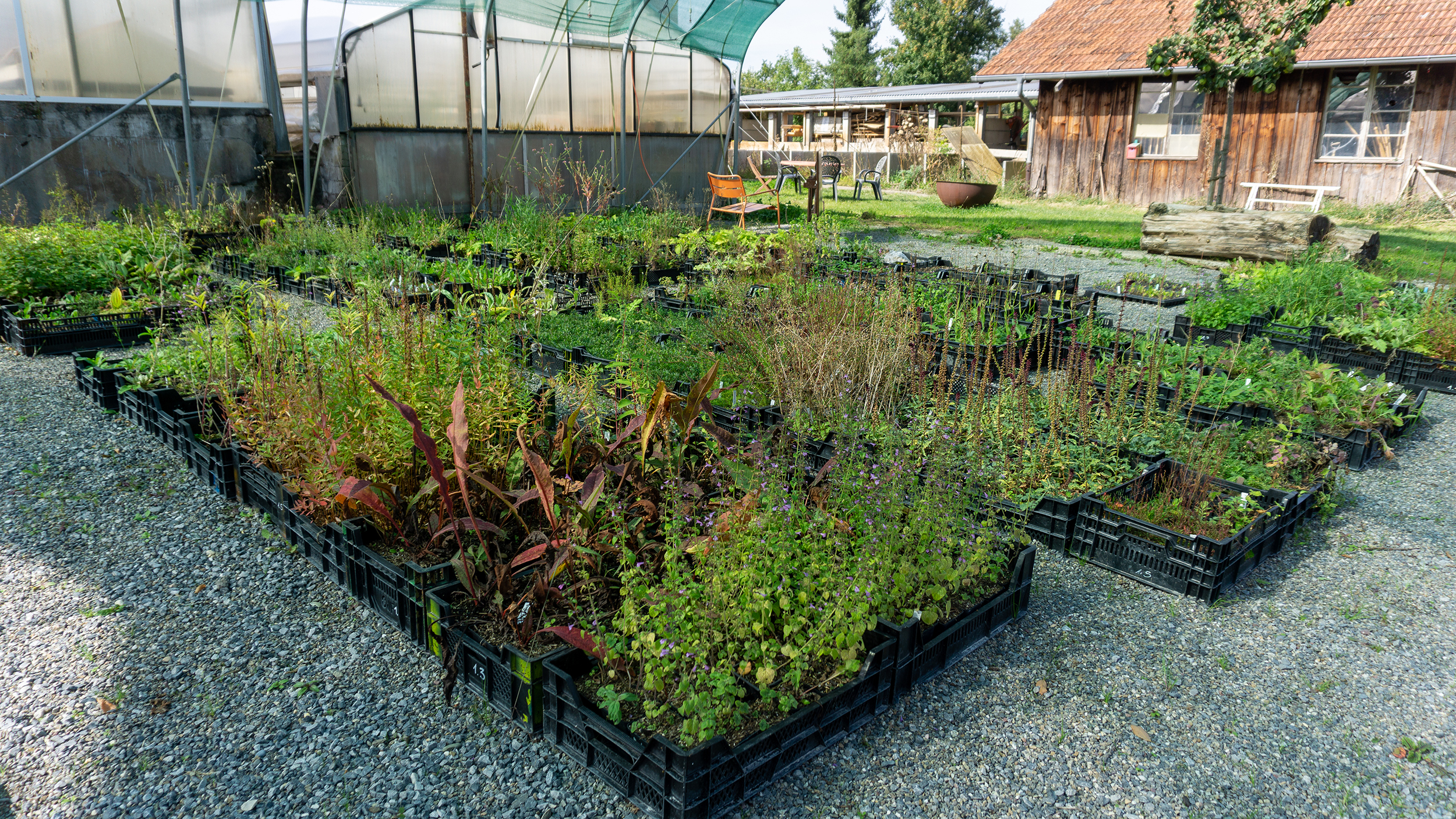
There is also a connotation of unruliness and chaos associated with fields grown with agroforestry methods. The cooperative offered to help farmers get funding to transform their traditional farms; however, in some cases, the farmers were concerned about their neighbors' potential negative judgment about such change. Farmers have strict constraints, and modifying even the most minor things can be very difficult.
We took the bus back to the city center and began discussing whether we would join a cooperative if given a chance. We wondered if we would be willing to offer physical help and participate in its survival. Upon reflection, we realized how much our vegetable consumption relies on a vast industrial process that has made itself indispensable and made alternative ways of production, distribution and consumption harder to pursue.
We took the bus back to the city center and began discussing whether we would join a cooperative if given a chance. We wondered if we would be willing to offer physical help and participate in its survival. Upon reflection, we realized how much our vegetable consumption relies on a vast industrial process that has made itself indispensable and made alternative ways of production, distribution and consumption harder to pursue.
